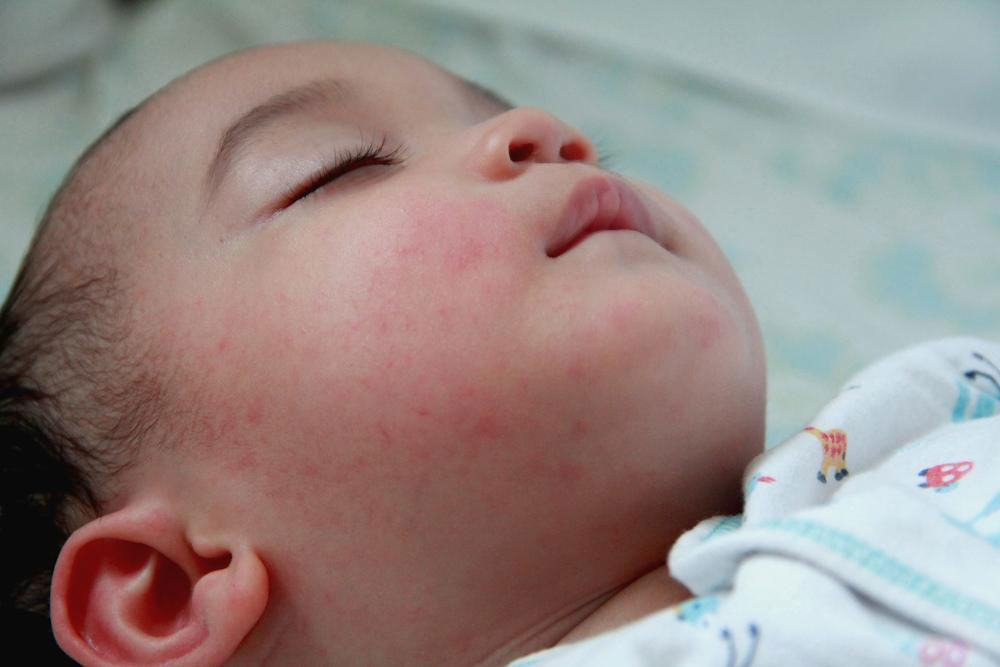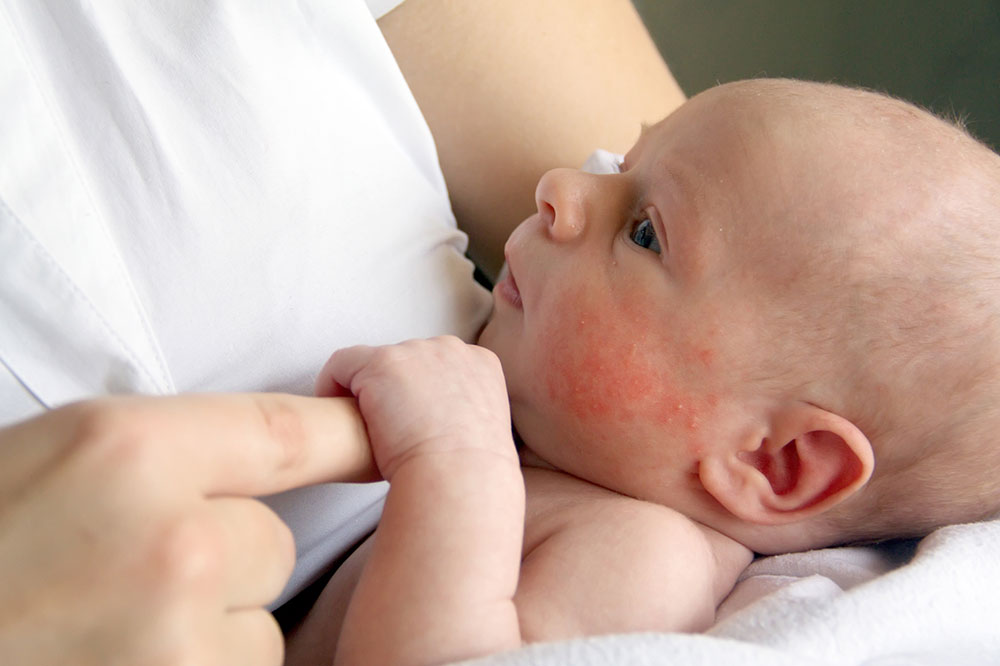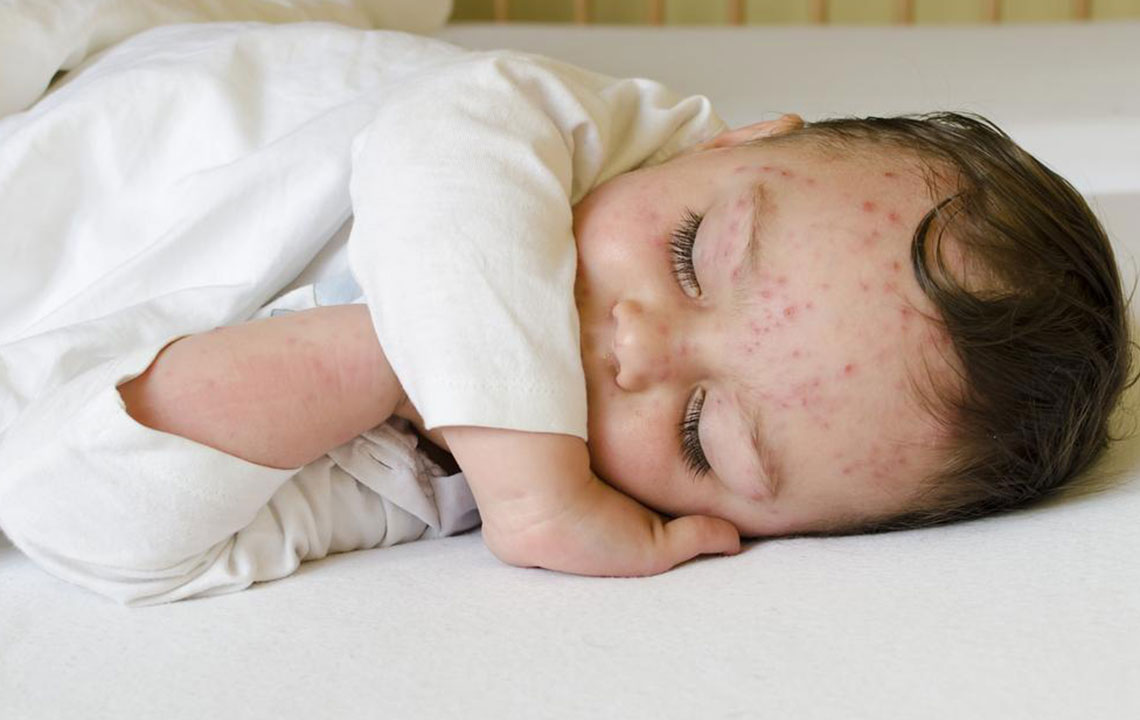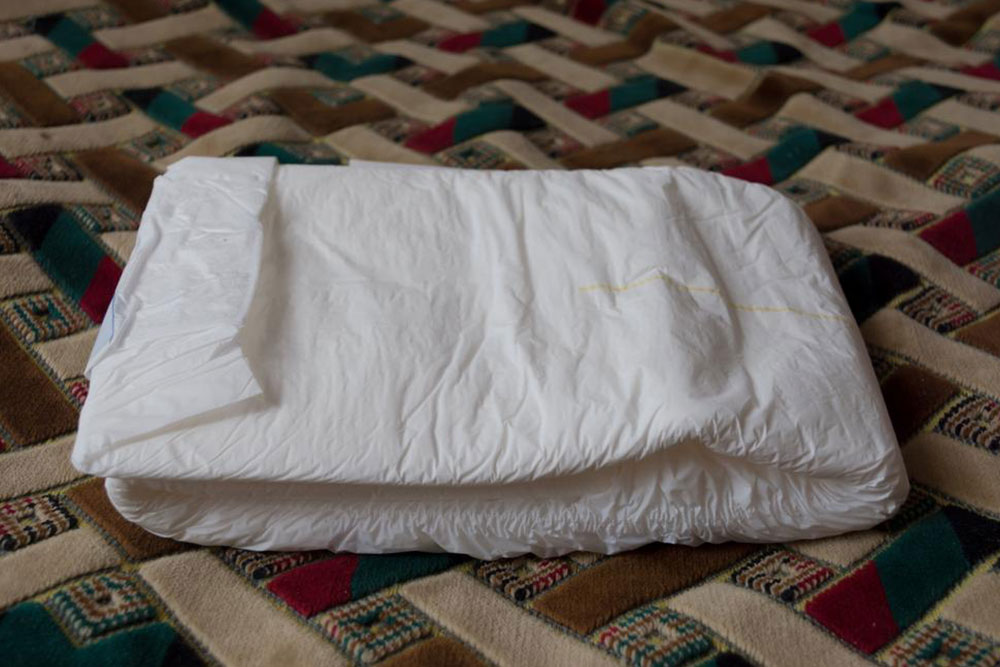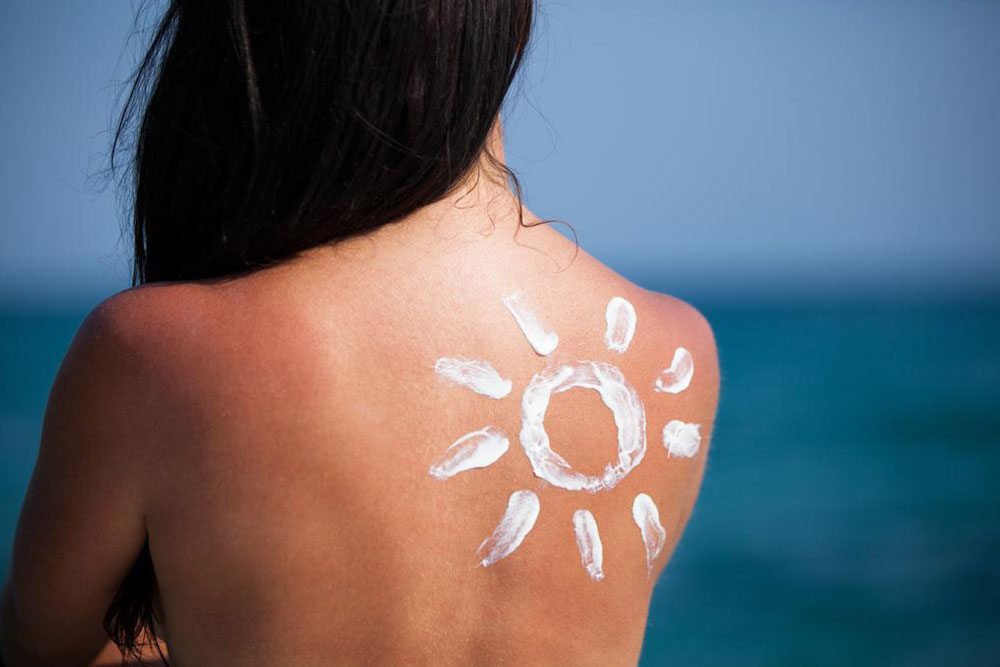Comprehensive Guide to Choosing the Best Diaper Rash Treatment for Your Baby
Learn comprehensive strategies for selecting the best diaper rash treatments. This guide covers preventive measures, effective creams like zinc oxide and barrier pastes, and tips for managing symptoms safely. Proper care and treatment can prevent discomfort and promote healthy skin in your baby, ensuring quick recovery from diaper rash. Expert advice on avoiding unsuitable products and recognizing when to seek medical help makes this article an essential resource for parents seeking safe and effective skin care solutions for their infants.

Essential Factors to Consider When Selecting an Effective Diaper Rash Remedy
Diaper rash is an extremely common skin condition faced by infants and young children, and understanding how to effectively manage and treat it is important for every parent and caregiver. Although it can be concerning, diaper rash is generally a benign condition that responds well to proper skincare and treatment. It is important to recognize that diaper rash does not indicate neglect or poor parenting; instead, it results from skin irritation caused by prolonged exposure to moisture, friction, and irritants in the diaper area.
In medical terms, diaper rash is often referred to as contact dermatitis, which manifests as skin inflammation localized to the diaper-covered region. This inflammation can be further complicated by secondary bacterial or yeast infections, making timely and appropriate treatment essential for maintaining your child's comfort and skin health. The condition is characterized by redness, soreness, and sometimes tenderness or raw areas on the skin, which can cause discomfort during diaper changes or when the area is touched.
Some alternative terms for diaper rash include:
– Nappy dermatitis
– Diaper dermatitis
– Ammonia dermatitis
Understanding dermatitis involves knowing that it is an inflammatory skin response that can have various causes, with contact dermatitis being the most common. Both infants and adults who wear diapers—such as those with incontinence or women during menstruation—are susceptible to this condition. Prevention is focused on minimizing skin irritation by maintaining good hygiene and skin integrity through frequent diaper changes, thorough cleansing, and ensuring the skin remains dry and protected from excessive moisture.
Maintaining dryness does not mean dehydration but rather keeping the skin free from persistent moisture and irritants. To effectively treat diaper rash, parents and caregivers should consider several strategies, including:
Applying barrier creams such as petroleum jelly or specially formulated diaper rash ointments that form a protective layer over the skin
Changing diapers frequently to prevent prolonged skin contact with urine and feces
Utilizing topical antifungal or antibiotic medications as prescribed by a healthcare professional if secondary infection occurs
Using low-potency corticosteroid creams, like 1% hydrocortisone, for mild to moderate inflammation under medical supervision
Avoiding the use of high-potency steroid creams, powders, or topical treatments containing boric acid is crucial, as these can irritate sensitive skin or cause adverse effects. Likewise, products containing neomycin should be avoided unless specifically recommended by a healthcare provider, due to the risk of allergic reactions or skin sensitivity.
Most infants will experience diaper rash at some point, but with proper care, it can be quickly and effectively alleviated. The effective management of diaper rash relies on selecting the right creams and treatment methods based on the severity of the rash and the child's skin sensitivity. The most beneficial ingredients in diaper rash products include:
Zinc oxide – Widely recognized for its soothing and protective properties, zinc oxide is effective in mild to moderate cases. It forms a barrier that shields the skin from moisture and irritants, thereby reducing rash severity. Many zinc oxide creams are available over the counter, with both generic and branded options. Thicker formulations tend to be easier to apply and stay on the skin longer, providing extended protection.
Barrier pastes – Traditionally used by healthcare providers, these products contain ingredients such as zinc oxide, lanolin, or beeswax. They serve as an effective protective barrier that prevents moisture from reaching the skin, thus helping to prevent or reduce diaper rash. Over-the-counter barrier pastes are widely available and are safe for everyday use.
Hydrocortisone 1% – In cases of significant inflammation or swelling, a pediatrician might recommend a short course of low-dose hydrocortisone ointment. This can help reduce redness and swelling effectively. However, it is critical to use corticosteroids under medical guidance, as improper use can lead to skin thinning or other side effects.
Lanolin-based ointments – Natural remedies such as lanolin are favored by many parents seeking gentle, soothing options for irritated or inflamed skin. These products can help restore softness and moisture to sensitive areas, especially when using cloth diapers or preferring natural products.
In addition to topical treatments, maintaining good diapering practices plays a vital role in preventing and managing diaper rash. This includes using highly absorbent diapers, avoiding tight-fitting diaper covers that cause friction, and ensuring complete cleaning and drying of the skin during diaper changes.
It's important to monitor the rash and seek medical advice if it worsens, persists beyond a few days, or if sores, blisters, or signs of infection develop. Proper hygiene, the right choice of products, and attentive care can significantly reduce the discomfort associated with diaper rash, promoting healthier skin for your baby.
In conclusion, diaper rash is a common condition that, with proper understanding and treatment, is entirely manageable. Selecting appropriate creams—such as zinc oxide ointments, barrier pastes, or mild corticosteroids—based on the severity and skin sensitivity of your child is essential. Since each baby’s skin reacts differently, consulting a healthcare provider for personalized advice can ensure the best outcome. With diligent care and the right products, parents can effectively soothe their baby's irritated skin and aid in quick recovery, ensuring their little one remains comfortable, happy, and healthy.
